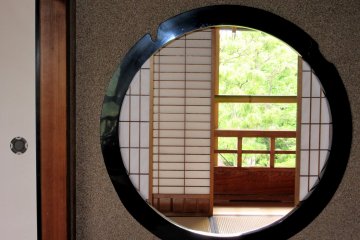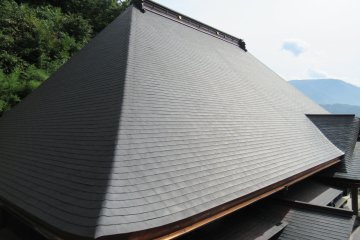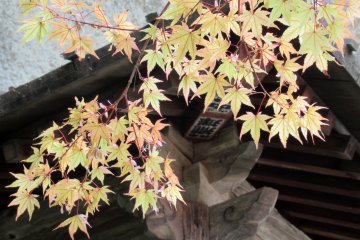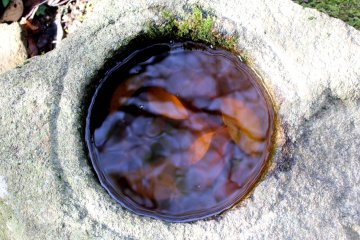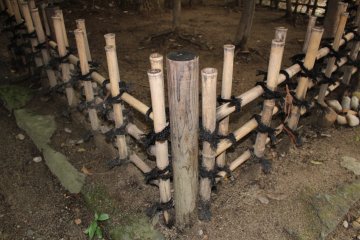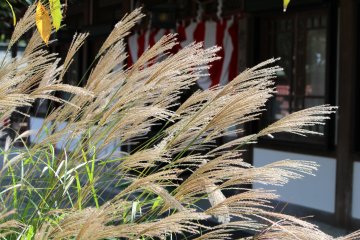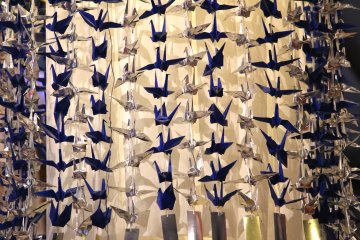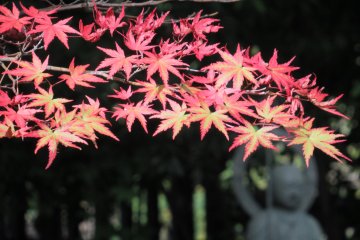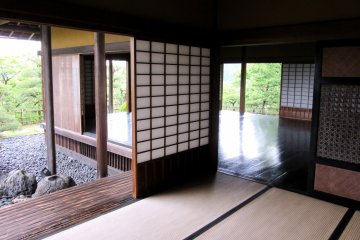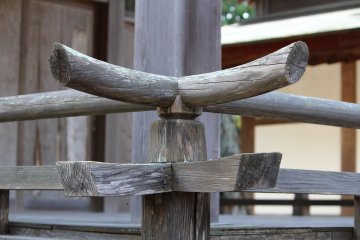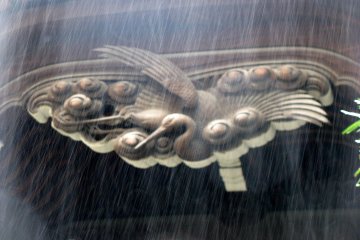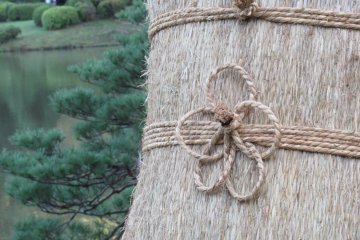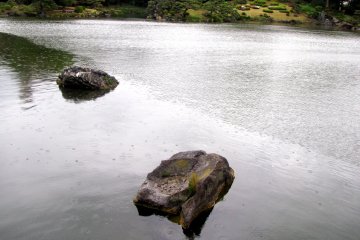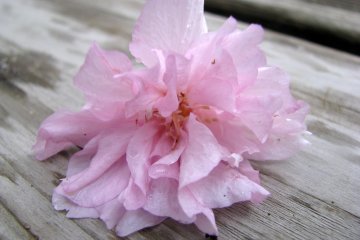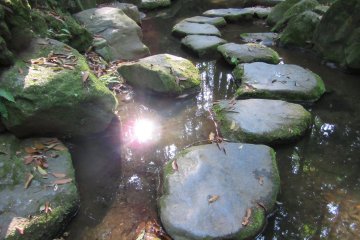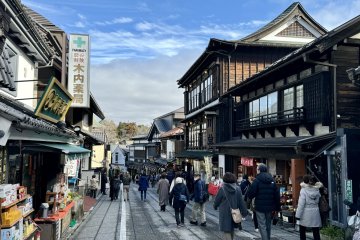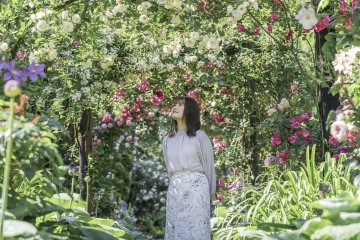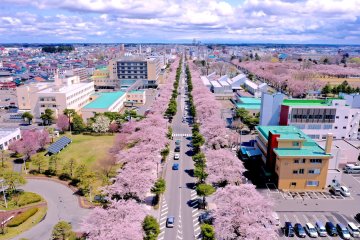I always look forward to visiting Japan, and each time I've traveled there I've found myself admiring many beautiful things. Being a designer, I can see the careful way in which materials are used, and how each functional detail is polished by old traditions.
Some may think that traditional Japanese designs are too simple, but this simplicity comes down to a deep understanding of natural beauty. Wooden parts are often left unpainted and the texture of the wood is what is considered to be beautiful. Traditional homes and tea houses are geometric and simple, and a few decorative pieces are the main highlights. That simple decorative style appeals to me the most.
Art objects are special, too. Folding screens are often shiny and golden, but they are decorated in a natural way, similar to the color of the bright sun reflecting off the water's surface. Japanese culture places a great emphasis on nature and admires the beauty found in any season. To me, that is why natural colors are the distinctive trait of Japanese traditional art and architecture.
Special attention is also paid to the arrangement of items in Japan. The Japanese way involves avoidance of vivid symmetry or overloading a scene with too many details. The concept of less is more speaks for itself.
Japanese traditional landscape gardens are seen as pieces of art. In contrast to geometric architecture, you'll find gardens with pine trees formed in bizarre shapes and wild grass coexisting with garden flowers. Despite this, each element emphasizes the beauty of the other. Stones are considered to be natural sculptures and are valued more than manmade ones.
Japanese teacups made of clay may seem not elegant, but one must hold a cup to feel its beauty. The painting of kokeshi dolls is done so lightly as if the brush was flying. To me, Japanese people feel beauty not just in a visual sense, but by connecting with items.



